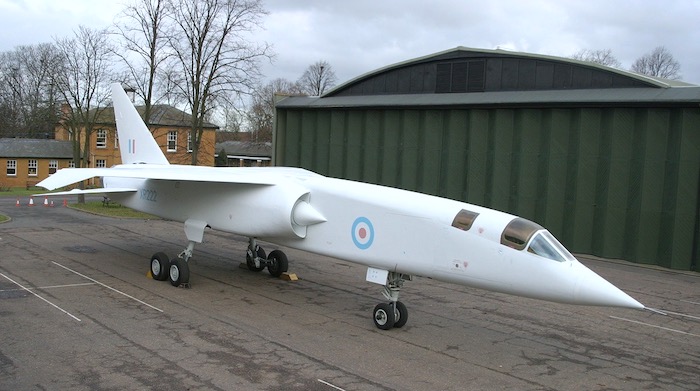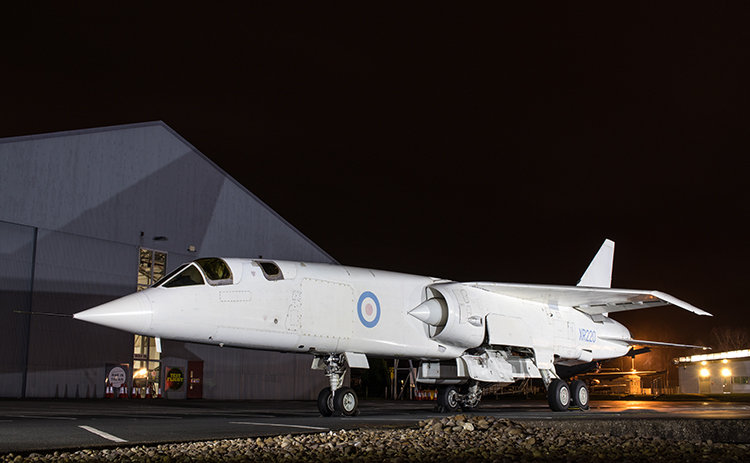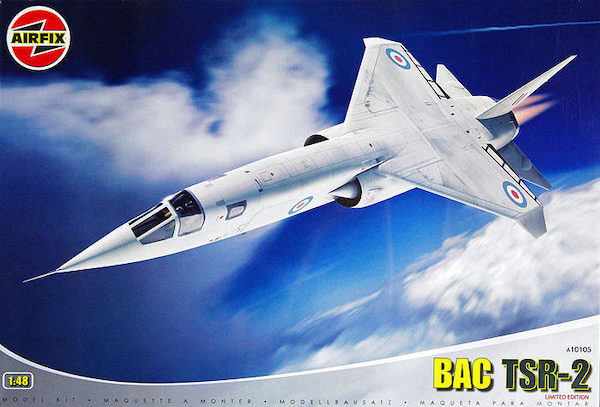
Short Feature Article with Paul Ainsworth
Just before we get started, here’s a look at how it all turned out…
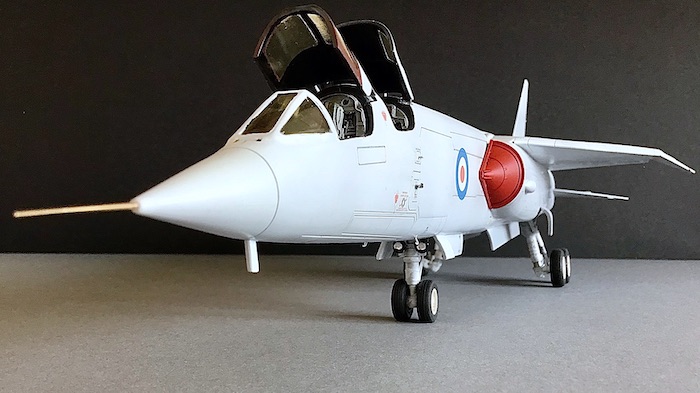
The BAC TSR-2
Much has been written about the rise and all too rapid demise of the BAC TSR-2 strike aircraft.
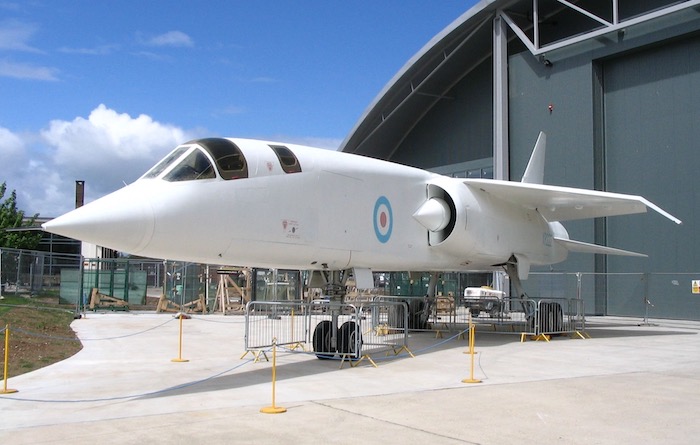
The British Aircraft Corporation TSR-2 is a cancelled Cold War strike and reconnaissance aircraft developed by the British Aircraft Corporation (BAC), for the Royal Air Force (RAF) in the late 1950s and early 1960s. The TSR-2 was designed around both conventional and nuclear weapons delivery: it was to penetrate well-defended frontline areas at low altitudes and very high speeds, and then attack high-value targets in rear areas. Another intended combat role was to provide high-altitude, high-speed stand-off, side-looking radar and photographic imagery and signals intelligence, aerial reconnaissance. Only one airframe flew and test flights and weight-rise during design indicated that the aircraft would be unable to meet its original stringent design specifications. The design specifications were reduced as the result of flight testing.
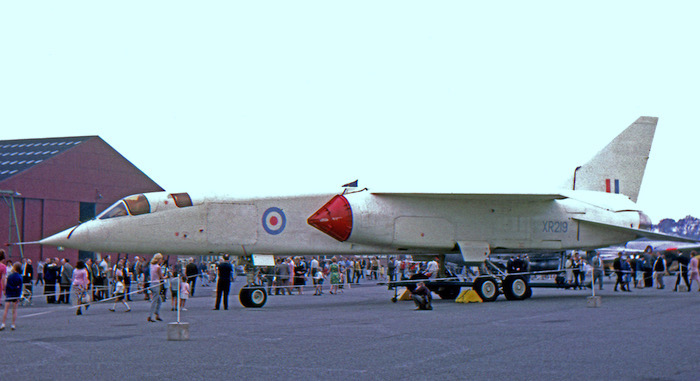
The TSR-2 was the victim of ever-rising costs and inter-service squabbling over Britain’s future defence needs, which together led to the controversial decision in 1965 to scrap the programme. It was decided to order an adapted version of the General Dynamics F-111 instead, but that decision was later rescinded as costs and development times increased. The replacements included the Blackburn Buccaneer and McDonnell Douglas F-4 Phantom II, both of which had previously been considered and rejected early in the TSR-2 procurement process. Eventually, the smaller swing-wing Panavia Tornado was developed and adopted by a European consortium to fulfil broadly similar requirements to the TSR-2. (Source: Wikipedia)
